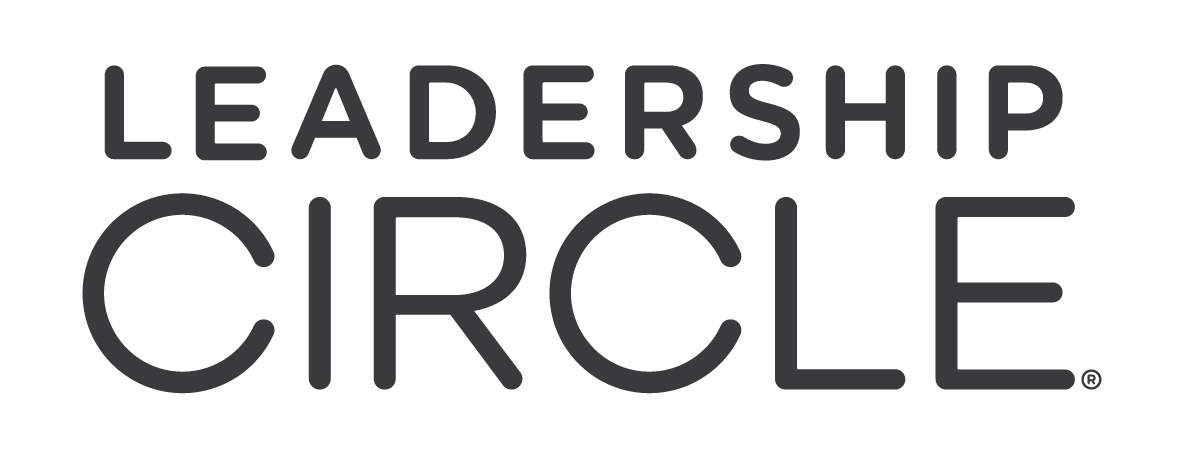Many professionals are caught balancing demanding workloads, family responsibilities, and personal commitments—all while striving to excel in each area. It’s no surprise that exhaustion is on the rise. In fact, the World Health Organization now recognises burnout as an “occupational phenomenon,” signalling its growing prevalence and serious impact.
So what exactly is burnout? How can you spot it before it derails health and productivity? Most importantly, how do you prevent or recover from it while still performing at your best?
This article explores the signs, root causes, and strategies to address burnout—equipping leaders, HR practitioners, and professionals with tools to safeguard wellbeing and maintain performance.
What Burnout Really Is
Burnout is not simply having a stressful week or working late occasionally. It’s a prolonged state of mental, physical, and emotional depletion that doesn’t improve with rest. The term was coined in the 1970s by psychologist Herbert Freudenberger and remains most common in high-stakes roles—such as healthcare, leadership, teaching, and caregiving.
Unlike ordinary fatigue, burnout drains motivation and resilience. It doesn’t just weigh down individuals—it ripples across organisations, lowering morale and performance.
Recognising the Warning Signs
The early signs of burnout often creep in quietly. Fatigue becomes chronic. Concentration wavers. Negativity edges out optimism. Some people notice themselves withdrawing socially, while others continue working but feel detached from their purpose.
At a behavioural level, procrastination and absenteeism can increase. Emotionally, irritability and detachment may replace engagement. Physically, headaches, sleep problems, or frequent colds can appear.
The earlier you spot these patterns, the sooner you can intervene—whether for yourself or your team.
Why Burnout Happens
Long hours alone don’t cause burnout. It’s the accumulation of unmanaged stressors that makes the difference.
Leaders frequently cite heavy workloads, tight deadlines, and conflicting priorities as obvious triggers. But there are deeper systemic issues at play: lack of autonomy, poor communication, inadequate resources, or workplace cultures that reward overwork while neglecting recognition.
Broader pressures—like financial insecurity or blurred boundaries between work and home in hybrid arrangements—layer on top, creating what feels like an inescapable storm.
The Toll on Health and Performance
Burnout is costly in every sense. On a personal level, it increases risks for anxiety, depression, cardiovascular disease, and sleep disorders. Elevated stress hormones also impair memory and decision-making.
For organisations, the impact shows up as reduced productivity, higher turnover, and disengaged teams. Innovation slows, collaboration frays, and the culture begins to deteriorate. In short, burnout compromises both wellbeing and business performance.
Practical Ways to Prevent Burnout
Preventing burnout requires consistent, intentional habits. Boundaries are an essential starting point: switch off email after hours, avoid saying yes to every request, and carve out time for personal priorities.
Rest also matters. Leaders often push through lunch or skip breaks, but even short pauses during the day can dramatically improve focus and energy. Pair this with self-care practices—whether exercise, meditation, or hobbies that create joy—and you build daily renewal into your routine.
Support networks are another critical buffer. Having trusted colleagues, mentors, or friends to talk to makes it easier to process stress constructively. Likewise, mindfulness practices such as journalling or deep breathing help keep stress in check and reframe challenges with perspective.
What Organisations Can Do Differently
Burnout prevention isn’t just an individual responsibility—it’s a cultural one. Companies that value balance gain a competitive advantage through healthier, more engaged employees.
Simple but powerful shifts include normalising the use of leave, discouraging after-hours communication, and ensuring teams are properly resourced. Offering mental health services or resilience training can further support employees.
Perhaps most important is fostering open communication. When employees feel safe raising concerns about workload or stress, leaders can respond early instead of after the damage is done. Flexible work arrangements—whether hybrid schedules or compressed weeks—can also help employees integrate their work and personal lives more effectively.
Recovering from Burnout
If you’re already experiencing burnout, recovery is possible. The first step is acknowledging it rather than minimising or ignoring the signs. From there, small adjustments make a big difference: improving sleep habits, saying no to unnecessary commitments, or scheduling downtime.
In some cases, taking extended rest or seeking professional support may be necessary. Coaches and mental health professionals can provide tools to reshape habits and restore resilience.
Burnout recovery is rarely quick, but with deliberate changes, energy and motivation can return.
Thriving Beyond Burnout
Burnout is not a permanent condition—it’s a signal to realign. For leaders, it’s also an opportunity to set a healthier tone for teams and organisations.
By modelling balance, fostering supportive cultures, and investing in wellbeing, leaders create workplaces where performance and health reinforce each other instead of competing.
At Leadership Circle, we believe sustainable leadership begins with self-awareness and intentional practices that protect both productivity and wellbeing. Connect with us today to learn how our assessments and programs can support your journey.





